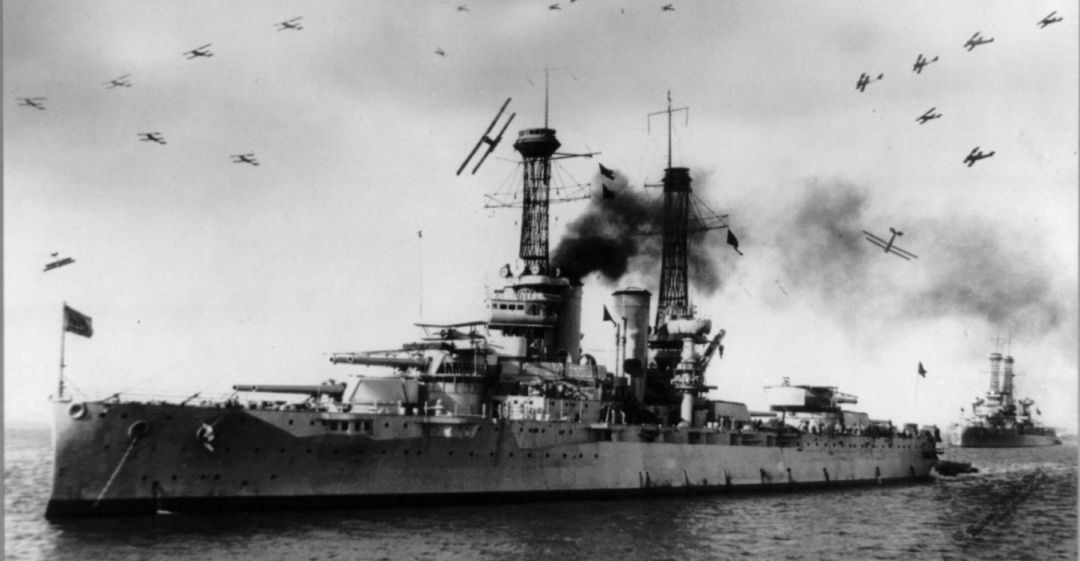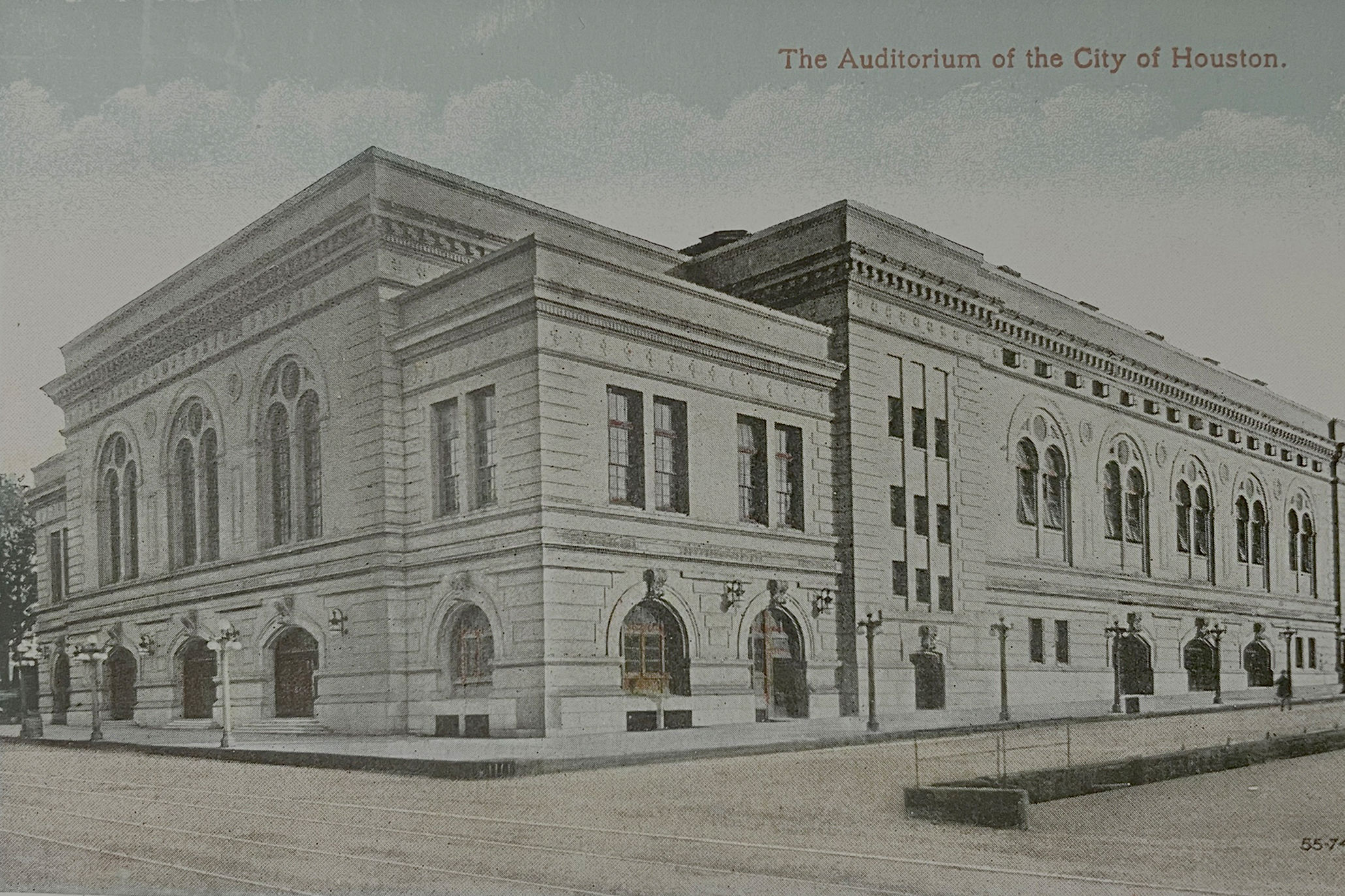The Battleship Texas, By the Numbers

1914
Year the U.S. Navy commissioned the Battleship Texas, a 573-foot, 27,000-ton technological marvel, for active service
32
Number of years the Forrest Gump–like vessel sailed the seas, present for seemingly every major American military event during that period
1
Existing U.S. battleship that went through both world wars—yup, the Texas, which fired the first American shots in WW1 and fought in both Iwo Jima and Okinawa during WW2
71
Number of years since the Mighty T was decommissioned and signed over to the state of Texas; it has sat in the Houston Ship Channel off the San Jacinto Battlefield in La Porte ever since.
$85 million
Amount the state has spent keeping the Texas, the last battleship of its kind, afloat for the past 12 years
80,000
Visitors the Texas draws annually to its current site; adults pay $12 a pop but that doesn’t cover $2 million in annual maintenance fees, never mind badly needed repairs.
300,000
Gallons of water officials say they must pump out of the ship daily to keep it afloat
$35 million
Amount allocated by the Texas Lege, per SB 1511, in May—the state’s last dole-out—for the ship; the bill also leased the badly rusted vessel to the Battleship Texas Foundation for 99 years, on the condition that the foundation floats it to a shipyard, repairs it, and transports it back to Texas, although not necessarily to La Porte.
2,900
Tons of coal the Texas was originally outfitted to carry, before it was turned into an oil-fueled ship in the 1920s

10
Number of 14-inch, 45-caliber guns on the Big T, each capable of firing a 1,500-pound shell from 13 miles away
50
Number of rounds the battleship fired in 34 minutes off the coast of Omaha Beach during the Allied invasion of Europe on D-Day—June 6, 1944—before swooping over to rescue Army Rangers stranded at nearby Pointe du Hoc
92
Injured rangers evacuated to the ship that day
1
“Lucky shell” on board, a dud that was deactivated and returned to the ship after Germans fired it at the Texas in 1944; another did explode, killing a man—the ship’s only casualty—and injuring a dozen more.




